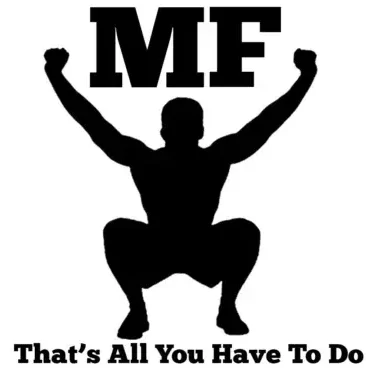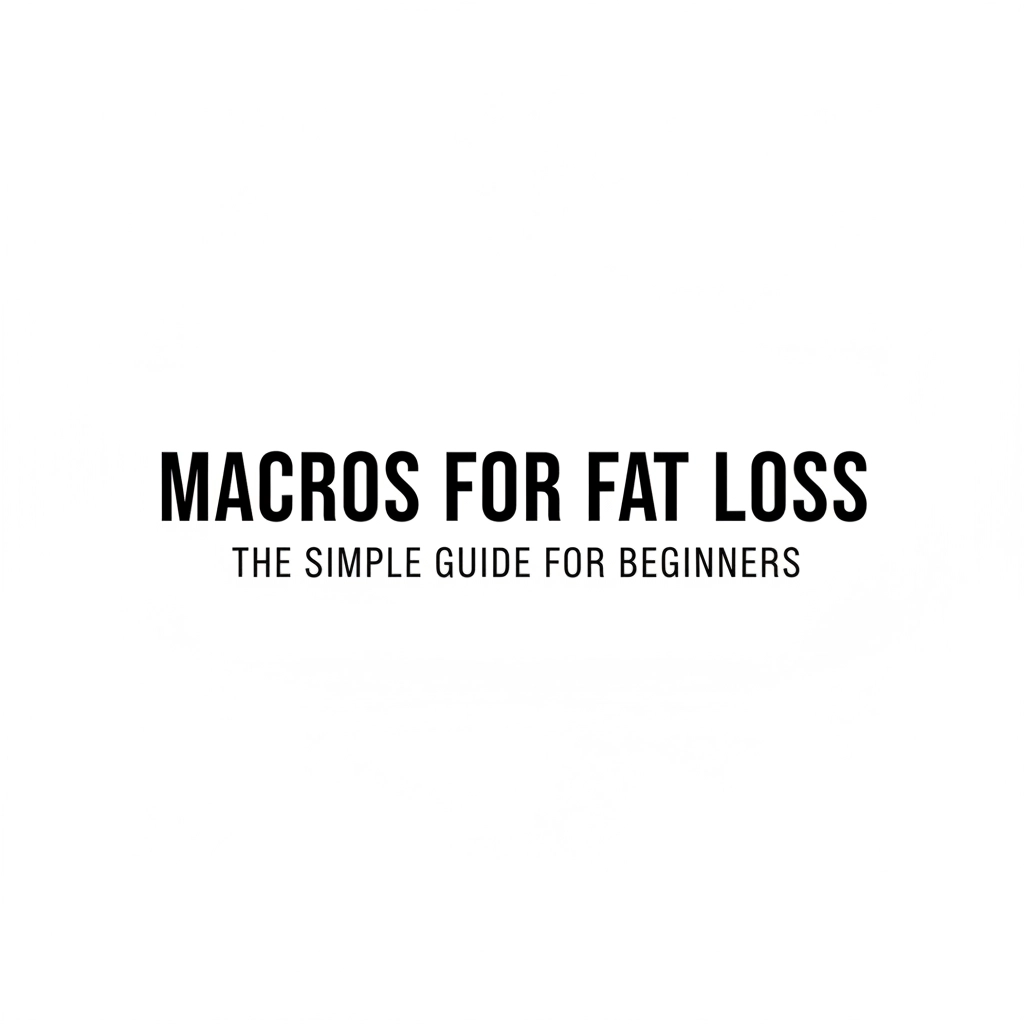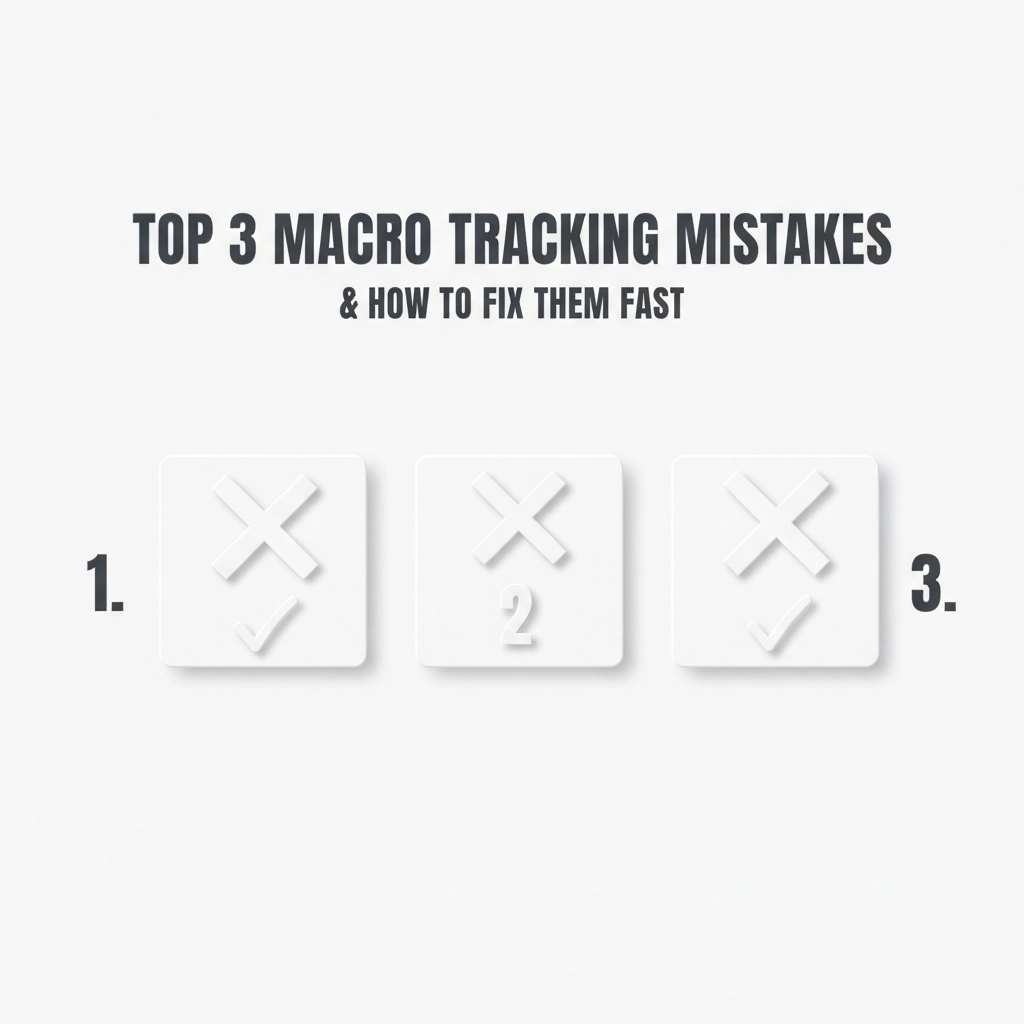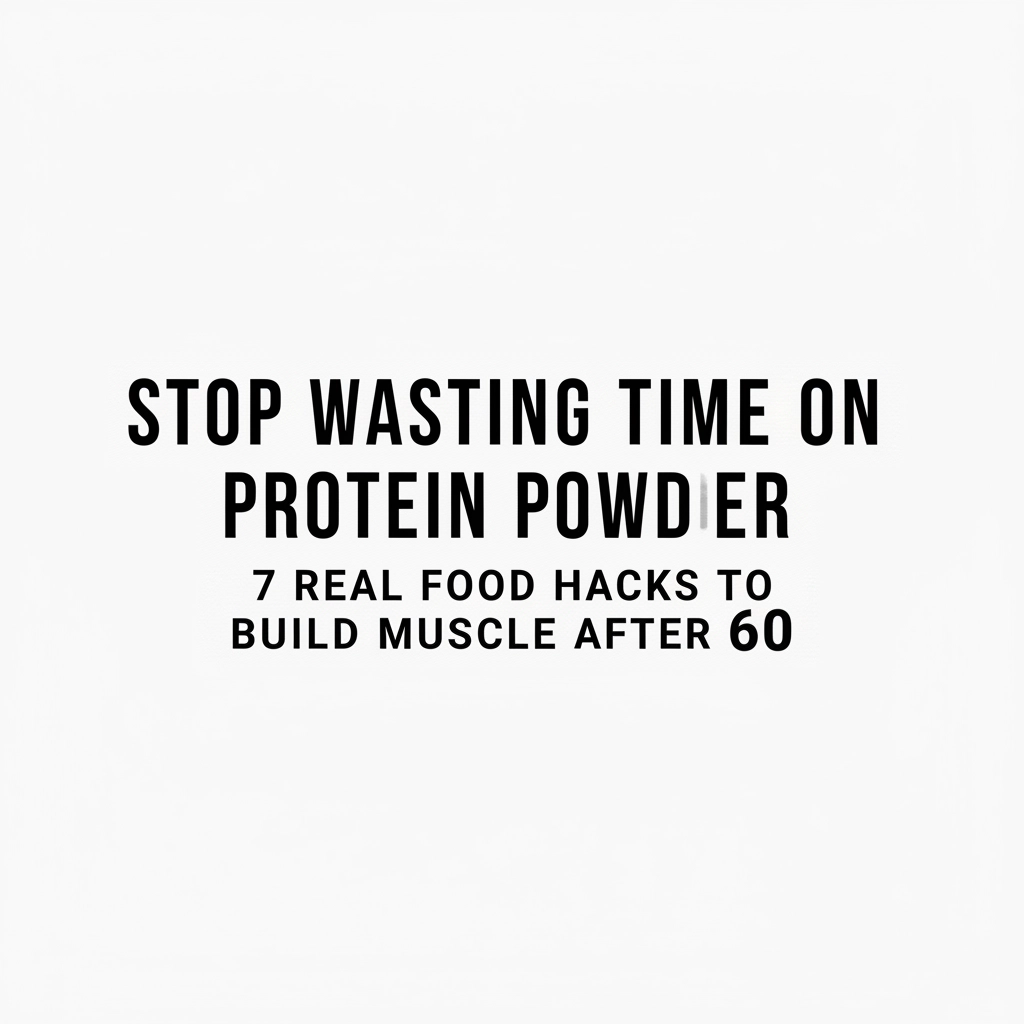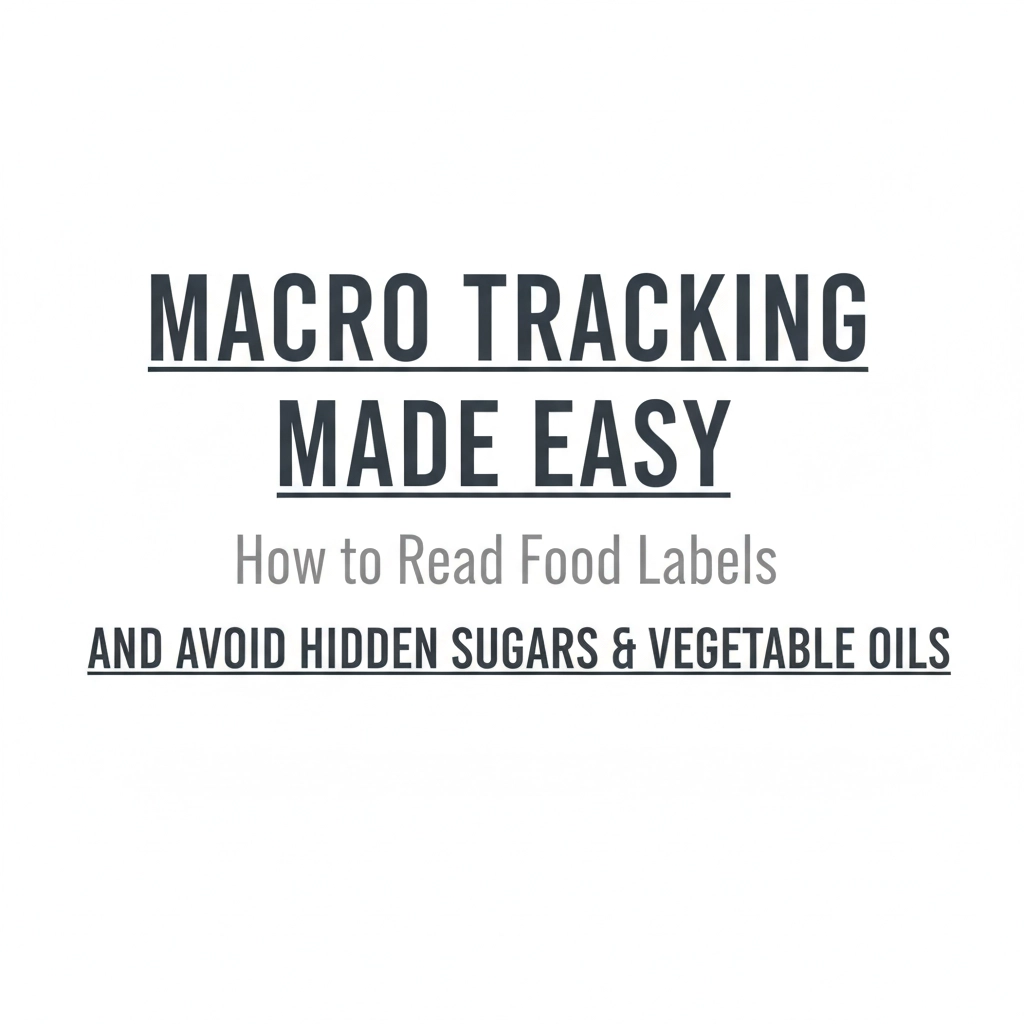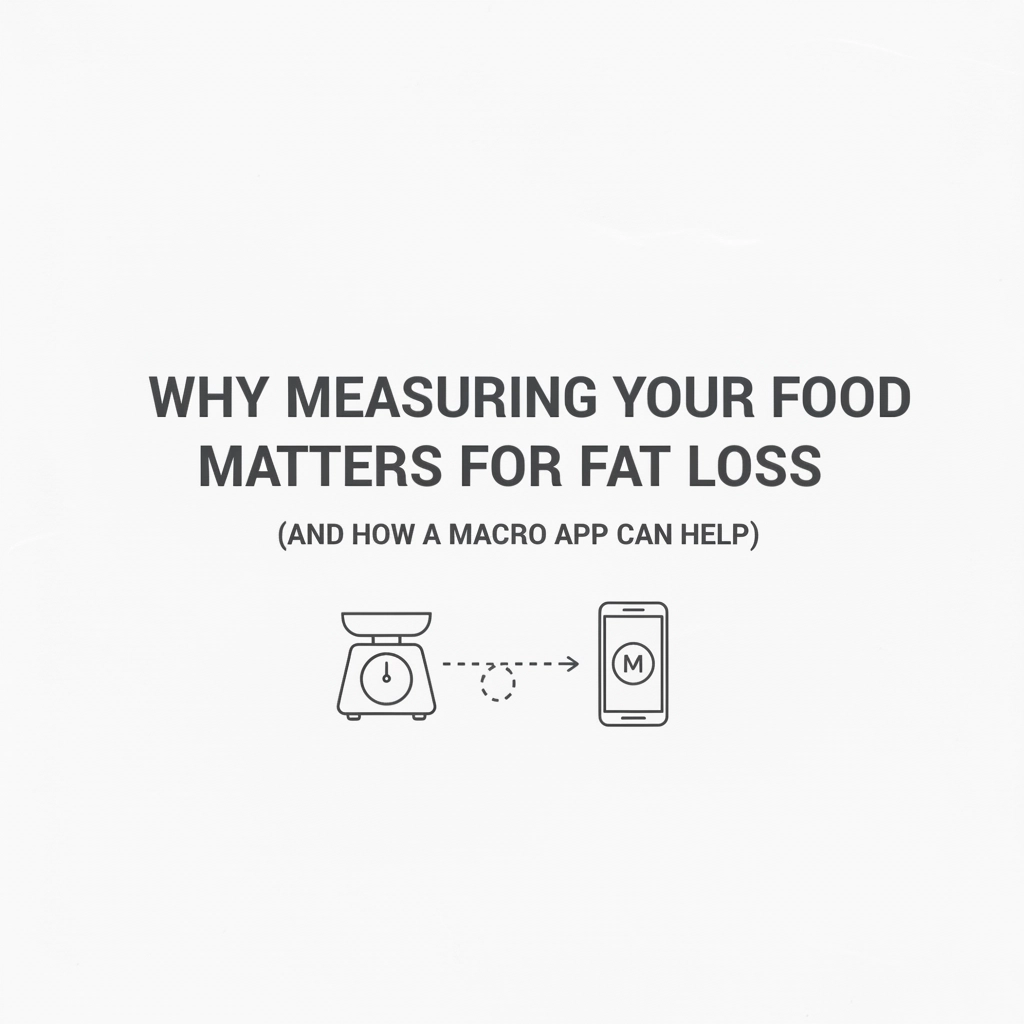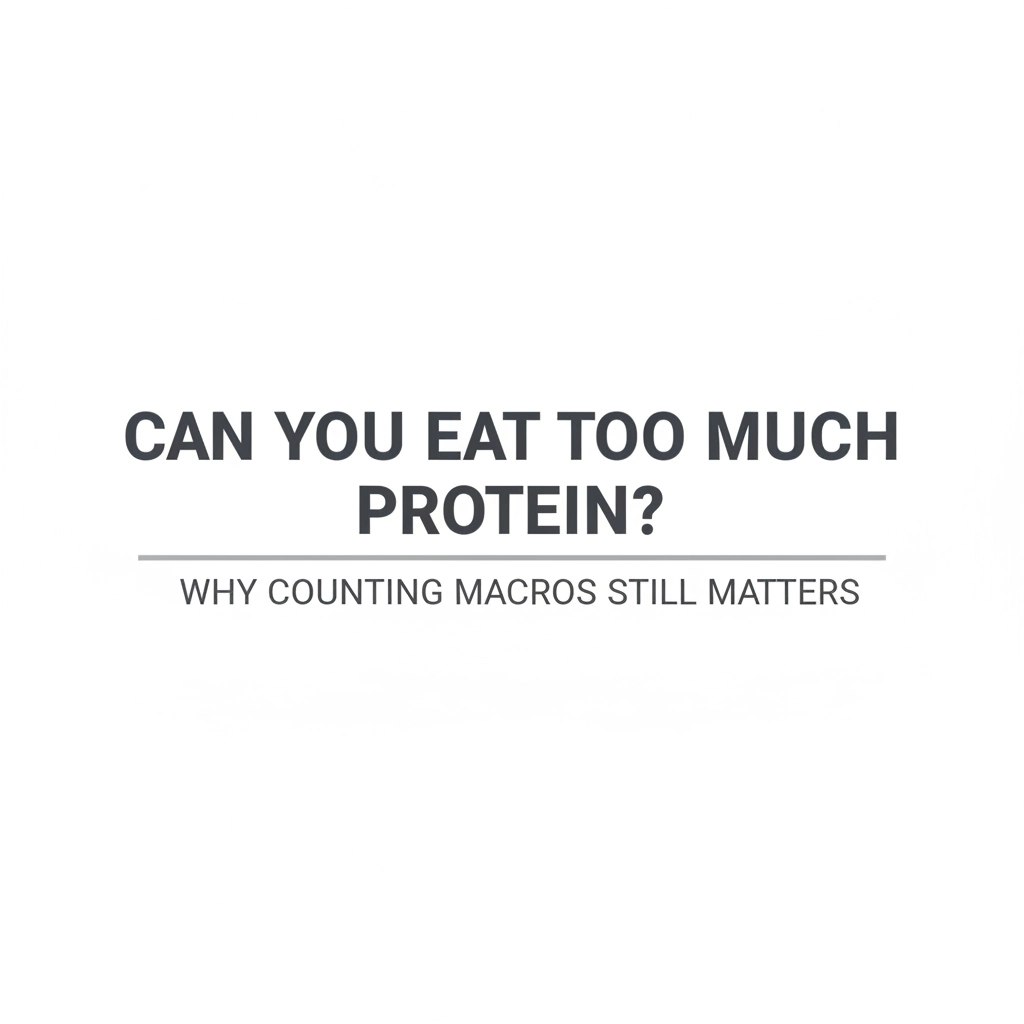Macros for Fat Loss: The Simple Guide for Beginners
Why Macros Matter More Than You Think (Especially After 50) You've probably heard the word "macros" thrown around in fitness circles, but what does it actually mean for your fat loss goals? Macronutrients, protein, carbohydrates, and fats, are the building blocks of every meal you eat. And here's the thing: understanding how to balance them can be your secret weapon for sustainable fat loss, especially if you're over 50. Your metabolism naturally slows down as you age, and your body becomes more selective about how it uses energy. This is exactly why macro tracking works so well for our community. Instead of just cutting calories and hoping for the best, you're giving your body exactly what it needs to burn fat while keeping your energy steady throughout the day. Busting the Biggest Macro Myths Let's clear up some confusion right away, because there's a lot of bad information floating around out there. Myth #1: "Only Protein Matters for Fat Loss" Yes, protein is crucial: it helps preserve muscle mass and keeps you feeling full. But if you're only focusing on protein and ignoring carbs and fats, you're missing the bigger picture. Your body needs all three macros to function optimally. Carbs fuel your brain and workouts, while healthy fats support hormone production (which becomes even more important as we age). Myth #2: "Carbs Are the Enemy" This one drives me crazy. Carbs aren't making you gain weight: eating too many calories overall is. The right carbs actually help with fat loss by providing steady energy and preventing those afternoon crashes that lead to poor food choices. Sweet potatoes, oats, and quinoa are your friends, not your enemies. Myth #3: "Fat Makes You Fat" Nope. Healthy fats are essential for your body to absorb vitamins and maintain healthy hormone levels. Plus, they keep you satisfied between meals. The key is choosing the right types: think avocados, nuts, olive oil, and fatty fish. Myth #4: "Macro Counting Is Too Complicated" This might have been true years ago, but not anymore. With tools like our MacroSculpt Macro Calculator, you can get your personalized macro targets in minutes. No math required on your part. Your Simple Starting Point: The 40-30-30 Rule Here's a beginner-friendly macro split that works well for most people starting their fat loss journey: 40% Carbohydrates – Your brain's preferred fuel source 30% Protein – Muscle preservation and satiety 30% Fat – Hormone support and satisfaction This balanced approach gives you enough carbs to feel energetic, plenty of protein to maintain muscle mass, and sufficient healthy fats to keep your hormones happy. It's sustainable, flexible, and effective. Easy Food Swaps That Make a Huge Difference You don't need to overhaul your entire diet overnight. Start with these simple swaps that'll improve your macro balance without making you feel deprived: Breakfast Swaps: Instead of: Bagel with cream cheese (mostly carbs) Try: Greek yogurt with berries and almonds (balanced macros) Lunch Swaps: Instead of: Caesar salad with croutons (mostly fat from dressing) Try: Grilled chicken salad with olive oil vinaigrette (balanced protein and healthy fats) Dinner Swaps: Instead of: Pasta with marinara sauce (mostly carbs) Try: Zucchini noodles with meat sauce and parmesan (balanced with more protein) Snack Swaps: Instead of: Pretzels (just carbs) Try: Apple slices with almond butter (carbs + healthy fats + some protein) The goal isn't perfection: it's progress. Each small swap moves you closer to that balanced macro intake that supports sustainable fat loss. Tracking Made Simple: Your Step-by-Step Guide I know what you're thinking: "This sounds like a lot of work." But once you get the hang of it, tracking your macros becomes as automatic as checking your phone. Here's how to make it painless: Step 1: Get Your Numbers Use our MacroSculpt Macro Calculator to determine your personalized macro targets. Just input your age, weight, activity level, and goals, and you'll get exact numbers to aim for each day. Step 2: Choose Your Tracking Method You have options here. Many people love apps like MyFitnessPal or Cronometer, but you can also keep it old-school with a simple notebook. The best method is the one you'll actually use consistently. Step 3: Focus on the Big Rocks First Don't try to track every single thing on day one. Start by tracking just your main meals, then gradually add in snacks and beverages. Most of your results will come from getting your breakfast, lunch, and dinner dialed in. Step 4: Batch Your Planning Spend 20 minutes on Sunday planning out your meals for the week. When you know what you're eating ahead of time, tracking becomes much easier and you're less likely to make impulsive food choices. Why This Works So Well After 50 Your body goes through significant changes as you age, and macro tracking addresses these changes head-on: Muscle Mass Preservation: Higher protein intake (around 30% of your calories) helps combat age-related muscle loss, which is crucial for maintaining your metabolism. Stable Energy: Balanced macros prevent those energy rollercoasters that become more common as we age. You'll have steady energy throughout the day instead of crashes that leave you reaching for sugary snacks. Better Sleep: Getting adequate carbs earlier in the day and limiting them closer to bedtime can improve your sleep quality: and better sleep means better fat loss. Hormone Support: Healthy fats support the production of hormones that become more important for weight management as we age. Your First Week Action Plan Ready to get started? Here's your simple first week: Day 1-2: Use the MacroSculpt calculator to get your numbers and familiarize yourself with what those numbers look like in actual food portions. Day 3-4: Start tracking your current eating patterns without changing anything. This gives you a baseline to work from. Day 5-7: Begin making small adjustments to hit your macro targets. Don't aim for perfection: aim for consistency. Common Beginner Mistakes (And How to Avoid Them) Mistake #1: Being Too Restrictive You don't need to eat chicken, broccoli, and rice every
